THE DISCOVER CLUB - DECEMBER 2022
In preparation for the upcoming holidays, we are offering our club members a delicious, organic alternative to traditional Champagne in Chateau de Lavernette's single-vineyard “Cremant de Bourgogne.”
Picture from Dkurnik wines
Château de Lavernette
”Crémant de Bourgogne”
Proprietor: Anke and Xavier de Boissieu
Region: Beaujolais, Bourgogne, FRA
Grape Variety: 100% Chardonnay
Viticulture: 7 acre certified biodynamic vineyard; limestone escarpment
Method: all wines go through malolactic fermentation; aged 18-24 months; no dosage
Serving Suggestions: serve at 45-50 F
Age: drink 2023 - 2024
Nose: ripe stone and orchard fruit and citrus
Palate: racy, minerally with trace of salinity
Finish: long lasting with deep complexity
Serve with: chips, fried foods, oysters
ABOUT Château de Lavernette
The château of Lavernette has continued a single line of ownership since 1596 when it was purchased by Philibert Bernard de Lavernette. The oldest existing ledger from 1684 confirms the presence of winemaking equipment on the premise, but in practice the estate most likely had existing vineyard holdings for centuries. In the early 1900s, René de Boissieu married Gabriëlle Bernard de Lavernette and remains under the de Boissieu family to this day. The estate meticulously caretakes 28 acres all converted to biodynamic farming by current generation Xavier de Boissieu and his wife, Anke since 2010. The de Boissieus’s produce several wines from Gamay and Chardonnay under labels of Beaujolais and Pouilly-Fuisse.
WHY WE ARE EXCITED ABOUT THIS WINE
“Crémant” is the generic classification for all sparkling wines in France that follow the traditional method (called “Méthode champenoise” only in Champage). A base wine, in this case 100% Chardonnay, receives an addition of sugar and yeast, called “liqueur di tirage,” and referments in bottle. The yeast begins consuming the sugar converting it into alcohol and CO2 which is trapped in suspension due to the bottle’s pressure. For basic crémant, the wine must stay resting on the lees deposited from the yeast for a minimum of nine months. What makes Lavernette’s crémant so special? First, the chardonnay vines are grown in limestone, the preferred soil for Champagne. Next, Xavier de Boissieu rests his crémant on its lees for 18 to 24 months (you can see the exact amount on the back label), well beyond the minimum requirement. The result is a finer mousse (bubbles!) and developed biscuity and brioche notes on the nose. In essence, you are getting vintage Champagne quality wines at a fraction of the price from a single vineyard farmed biodynamically!



